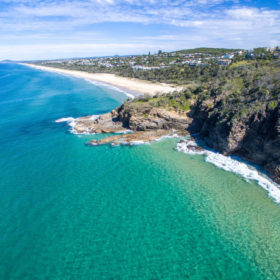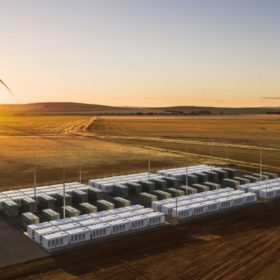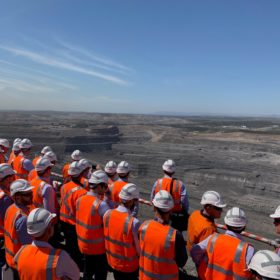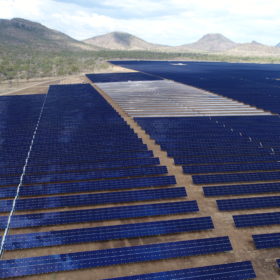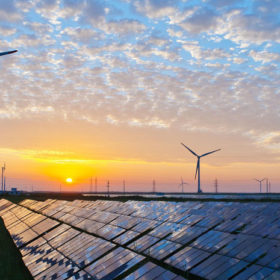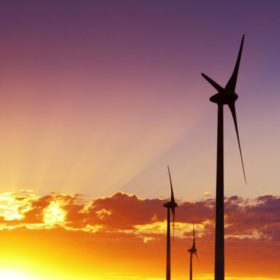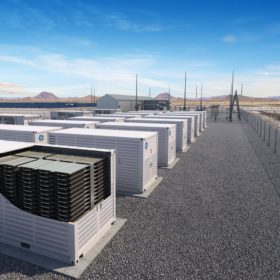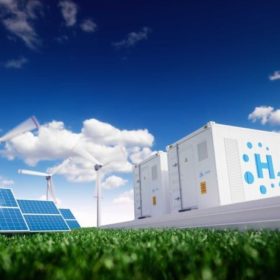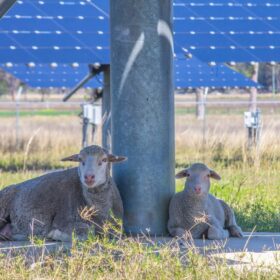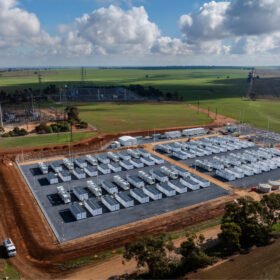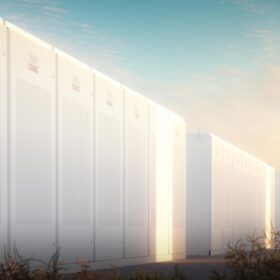Noosa set to host major national climate and energy summit
In recent decades Noosa has gone from hip-replacements to hip and trendy, and nowhere does it have its finger more on the pulse than its ambitious climate and energy goals. Said ambitions will now see Noosa host the Transforming Australia 2020 Summit run by the Cities Power Partnership.
Lake Bonney big battery readies to supply Tesla Australia EV supercharger network
The 25MW/52MWh battery at the Lake Bonney wind farm is in the final stages of testing and close to full commercial operation. Once operational, the big Tesla battery will supply the electric car maker’s Australia EV supercharger network with renewable electricity.
IEEFA update: Capital flight from thermal coal is accelerating
Behind Blackrock’s grand exit from coal: Global capital flight from thermal coal and the coal-fired power sector is already at a canter in 2020.
Australia poised for record large-scale PV rollout in 2020
Australia’s utility-scale renewable energy sector is set for a record year with 3.6 GW of projects expected to complete commissioning in 2020, Rystad Energy finds. This comprises 1.96 GW in utility PV projects and 1.57 GW in wind developments, with the remaining 0.1 GW coming from batteries.
Investment in Australian renewables sank in 2019
Investment in Australian renewable energy capacity fell 40% in 2019 down from record-breaking levels seen in the year before, according to Bloomberg New Energy Finance (BNEF). Spending on large-scale renewables dropped dramatically due to network woes and long-term policy uncertainty but was ameliorated by the rooftop solar segment’s record growth.
New government office to develop large-scale critical minerals industry
The Australian government has opened the Critical Minerals Facilitation Office as it looks to develop a large-scale critical mineral industry to stably supply the world the critical minerals needed for batteries, solar panels, and smartphones.
Australia’s carbon emissions drop for the first time as renewables weigh in
Australia has seen the first decline in annual emissions since 2015 thanks to record levels of renewable energy but if continued at the present rate the 2030 Paris target would be met some 68 years after the deadline, according to Ndevr Environmental.
Where there’s smoke, there’s reduced PV output
It’s a minor concern compared to the tragic loss of life, livelihoods and biodiversity caused by the bushfires still ravaging parts of Australia, but reduced output by PV systems due to smoke haze is an unwelcome bi-product of blazes that have burned at a scale and ferocity never seen before.
Why Australia’s long term energy policy rests on battery storage
Australia has made great strides in terms of investment into renewables, yet despite the spend, we are still faced with an ageing grid and a growing number of coal power plant closures, that lack clear and sustainable replacements.
Horizon Power looks at green hydrogen for WA coastal town of Denham
The small tourist town of Denham in Western Australia’s Shark Bay World Heritage Area could host a renewable hydrogen demonstration project as part of a new energy solution planned for the town.
